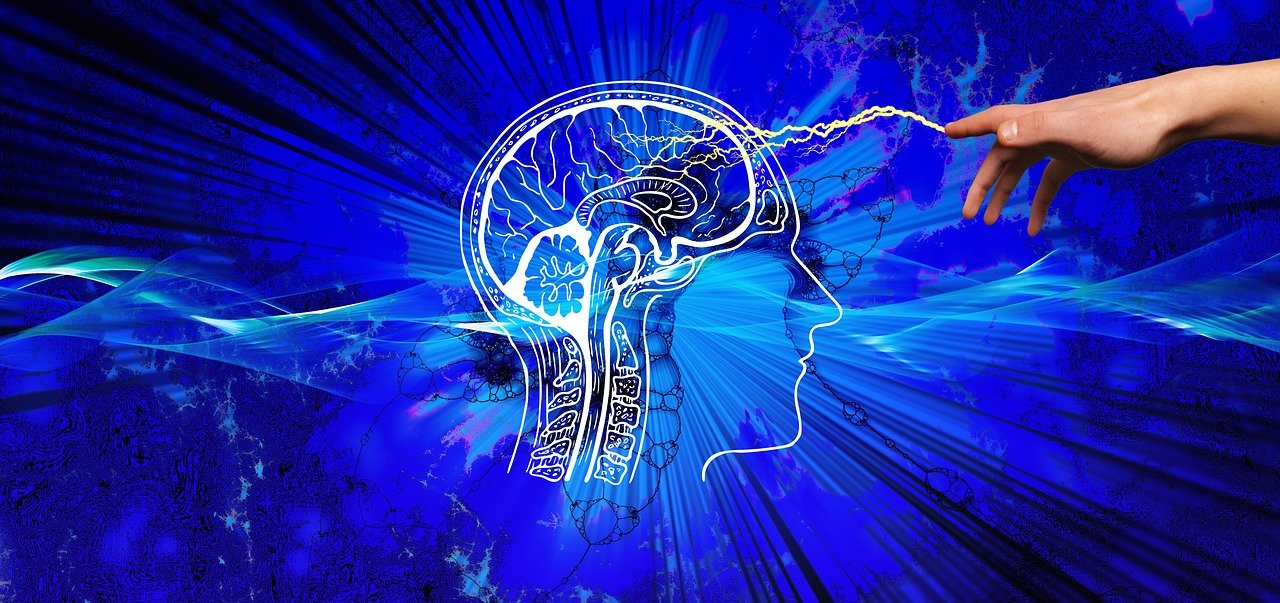With the growth of artificial intelligence, one of the subjects we don’t discuss enough is the possible dangers that it may create. While AI may help us better drive our cars or provide a rapid, more accurate diagnosis of medical issues; it may also create problems for society. What are those problems and what should we do to minimize those risks?
Poorly Tested Code
As a software engineer, my biggest worry is that poor-quality code will be widely deployed in artificial intelligence systems. Look around today, and you will see what I mean. I use a Mac, and the current version of Safari is riddled with bugs. Indeed, nearly every application on my computer has several updates per year to address bugs.
This is caused, in part, by the demands of businesses. I have worked for many companies over the years who desired to push out a new version even when some known bugs existed. For the business, this is necessary to ensure they beat the competition to release new features. However, this acceptance of buggy software can be disastrous in the world of AI.
For example, what happens when the artificial intelligence system misdiagnoses cancer? For the individual, this could have life-altering effects. What about the self-driving car? Someone could be hit and killed.
How good is good enough for artificial intelligence? I don’t have an answer, but it is something businesses need to strongly consider as they dive deeper into the world of AI.
Deep Fakes
A growing concern for artificial intelligence is how it could be used by organizations or political entities to persuade consumers or voters. For example, a political adversary of the president could create a fake video of the president engaged in some behavior that would bring discredit upon him. How would the electorate know it is a fake? Even worse, how could our nation’s enemies use fake videos for propaganda purposes here or abroad?
Employment
In many ways, advances in artificial intelligence are very similar to the changes during the industrial revolution. As AI becomes more advanced, we can expect to see more and more jobs performed by intelligent robots or computer systems. While this will benefit businesses who can cut payroll, it will have a negative impact laborers who can easily be replaced.
What Should We Do?
This is just a very small list of potential issues. Indeed, numerous techies have discussed countless other risks we face as we adopt more AI-based systems. But what should we do? The value of AI to our lives will be profound, but we must start to consider how we will address these challenges from both a legal and a societal perspective.
For example, we may need to create laws regarding liability for AI systems to ensure that businesses provide adequate testing before deploying systems. But problems like deep fakes and employment aren’t as easy to fix. We can certainly provide training to individuals who are displaced by AI, but as more and more jobs are replaced, where will all the workers go?
I don’t have the answers. However, I think it is time for techies and non-techies alike to start asking the questions so that we can reap the benefits of improving artificial intelligence while mitigating the potential risks


